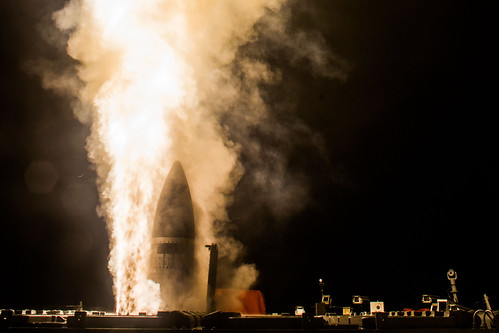Responding to the growing threat of hypersonic weapons in the region, Japan and the United States have signed an agreement to jointly develop a new missile interceptor system.

Photo: U.S. Missile Defense Agency
Hypersonic missiles, capable of speeds exceeding Mach 5 and unpredictable flight paths, pose a significant challenge to traditional missile defense systems. Developed by China, Russia, and North Korea, these weapons necessitate new countermeasures.
Following discussions initiated at the August 2023 Japan-U.S. summit, the formal agreement establishes a joint effort with a target completion date in the 2030s.
The project will leverage the expertise of both nations. Japan will focus on developing the interceptor’s rocket motor and propulsion system for the “kill vehicle” (warhead). The U.S. will contribute its strengths in target detection and missile guidance systems.
The new interceptor, named the Glide Phase Intercept Guidance Missile (GPI), aims to engage hypersonic threats during their glide phase, before they reach peak velocity and become even more challenging to intercept.
Estimated to cost over $30 billion with Japan providing $10 billion, this project represents a significant investment in both nations’ defense postures. Japan will select a domestic contractor through a public tender process in fiscal year 2024. The U.S. is currently evaluating proposals from Northrop Grumman and RTX.
This marks the second major collaboration between Japan and the US on missile interception, following the successful development of the SM-3 Block IIA. The successful development of GPI is expected to significantly bolster both countries’ capabilities to counter the evolving threat of hypersonic weapons.
For more information, hit the Source below